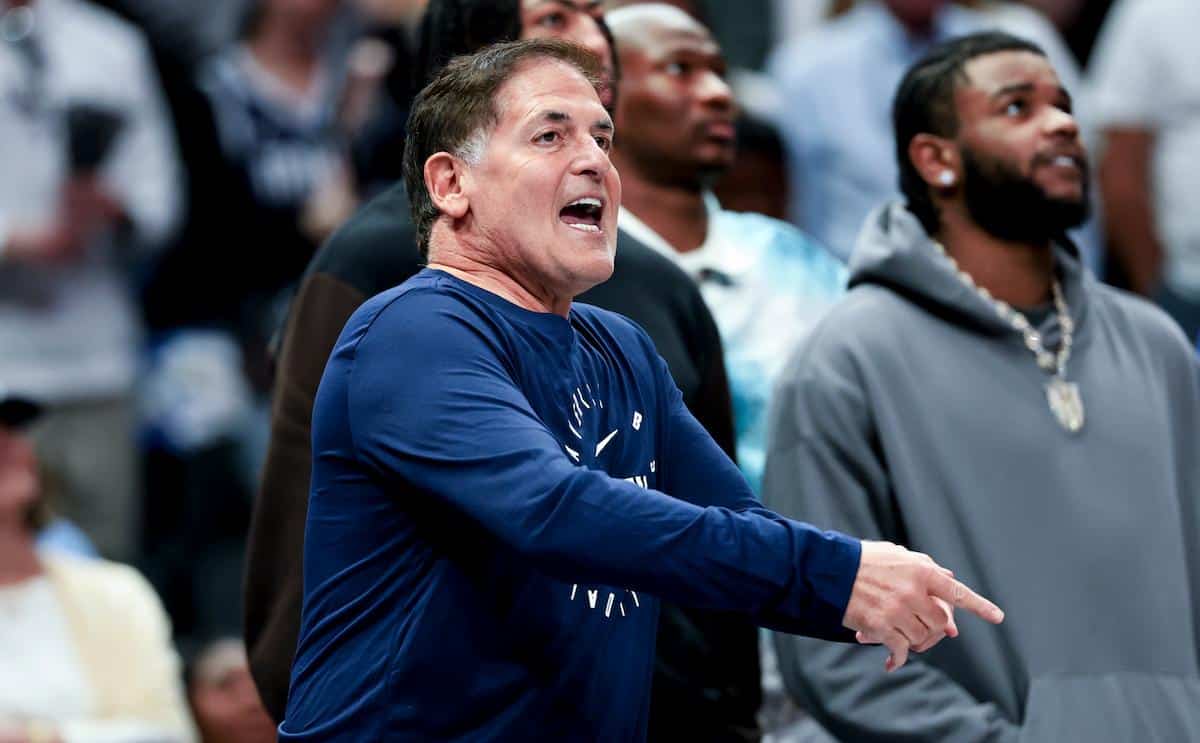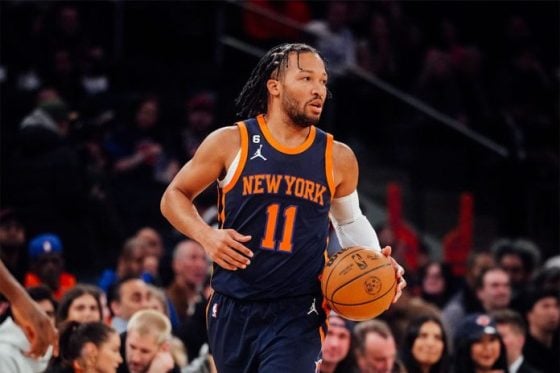BOSTON — Kristaps Porziņģis’ routine remained similar two days after the Celtics lost to the Mavs in Game 4, Porziņģis staying on the bench despite being active. He returned to the floor with his teammates at the start of open practice Sunday, did some light shooting with his status unchanged entering Monday’s Game 5 — questionable.
“He’s doing some stuff, but you can still tell that he’s very uncomfortable,” Xavier Tillman Sr. said. “We don’t want to put him in any type of situation that could really hurt him. It’s been pretty much the same.”
Porziņģis did not speak on Sunday for the second straight practice despite Adam Himmelsbach requesting that he do so. Joe Mazzulla had announced Porziņģis as available for specific instances if necessary on Friday, but he never left the far end of the bench and did not play for the second straight game with a torn medial retinaculum, a rare injury that could require surgery. He wasn’t quite ready, Mazzulla said. Neither that nor Tillman’s assessment points toward Porziņģis playing in a significant role, if at all, for the rest of the series. Porziņģis, when he last spoke, said he’ll play unless he’s told he cannot.
Mazzulla’s message stayed the same on Sunday, too, saying that Porziņģis is fighting to get back on the floor. The head coach has tried to keep the door open for some kind of return, but the past two games saw Al Horford maintain the bulk of the minutes at center while Tillman moved into a backup role, providing a Game 3 boost. Luke Kornet and Oshae Brissett haven’t played rotation minutes in the series yet, last playing roles early in the east finals. Boston’s Finals game plan, defensively, focused on switching everything and guarding one-on-one in isolation to flatten Dallas’ offense. That held up until the Game 4 loss.
“We’ve been able to have that experience and deal with it,” Kornet told CLNS Media/CelticsBlog on Sunday. “So I feel like it’s not much different than it was during the regular season. Obviously, the stress and pressure and that type of stuff is higher, but I feel like for us, it’s the same type of thing. You’re still preparing for each game and preparing your body the same way. It’s obviously something we didn’t want to have happen, but he’s just doing what he can to be ready and available. For us, it’s the same kind of thing … coaches might change up who’s involved in what groups, but frankly, you’re doing the same work … preparing to be ready to play, how exactly that looks and adjustments you make through the series in the same way. It really doesn’t change all too much.”
The results played out differently without Porziņģis in the games. The Celtics outscored the Mavs by 27.7 points per 100 possessions through the first two games of the Finals. They managed a +15.0 net rating with him off the floor in Game 1, but that diminished to -16.4 in Game 2, climbed back to +8.8 while he sat in Game 3, then bottomed out at -39.6 in Game 4 — more of a credit to Boston’s collective no show than his own. Boston is -10.2 per 100 when Porziņģis isn’t playing during the series. A mild concern despite the Celtics leading 3-0.
No advantage is safer in a series than that one, and it’d become interesting how Porziņģis would progress before a hypothetical Game 6 in three days at Dallas and a Game 7 that’d come in six. Managing pain, which Tillman noted Porziņģis is dealing with, along with possible limitations in movement and jumping will likely dictate whether he can play or not. Mazzulla said that decision will fall in the medical staff’s hands, and not Porziņģis’. They did not like how he moved in warmups prior to Game 3.
The Celtics likely wanted to keep him active so he can be in uniform if Boston clinches a championship, allowing him to enter a game to receive acknowledgement for his role in the title run. It’ll be more difficult to clinch without him.
“We miss him a lot,” Jrue Holiday said. “Top three player on our team, scoring, defense at the rim, blocking shots, comedic relief. It’s been great playing with him and we wish that he was out here with us.”






